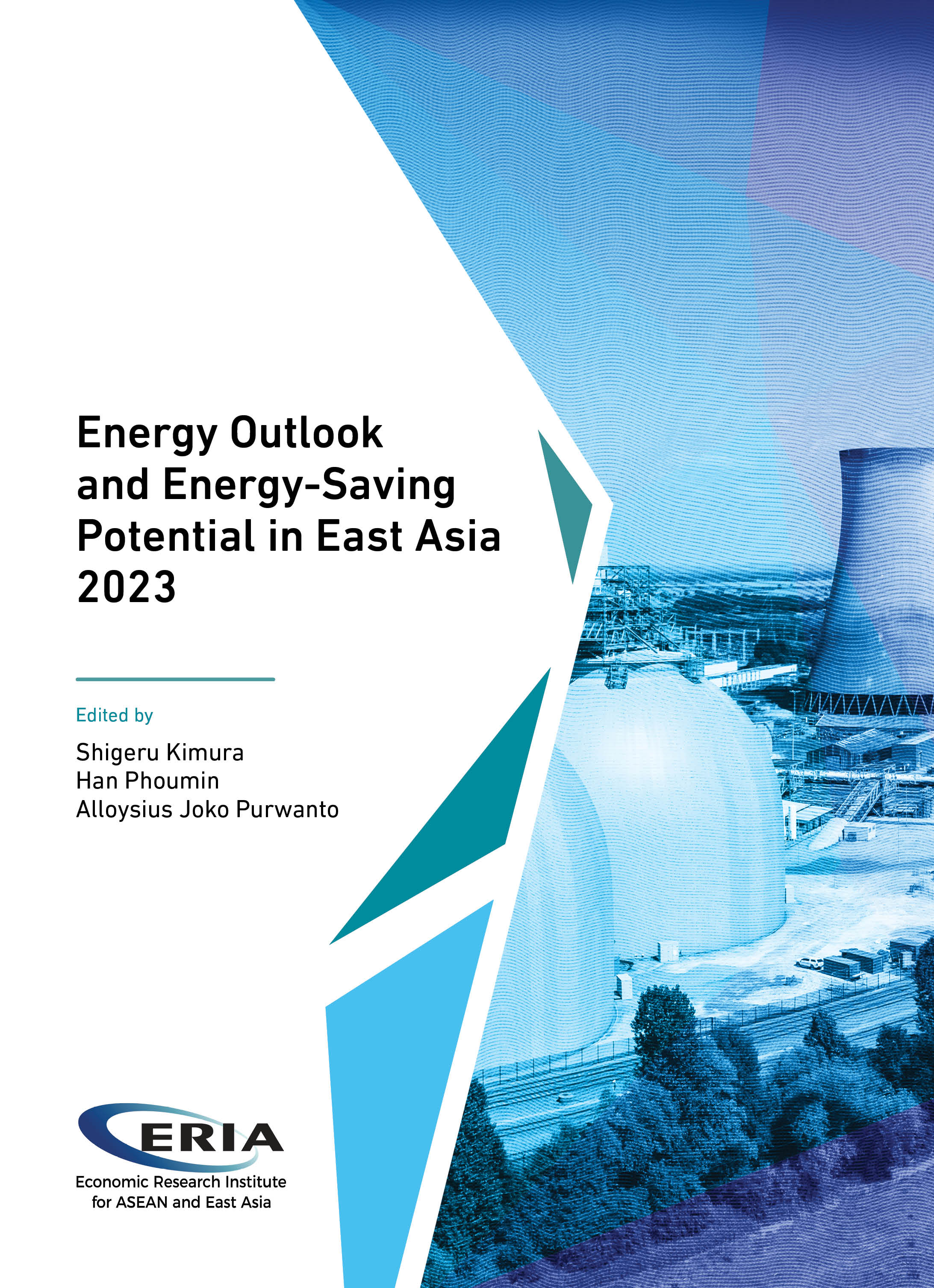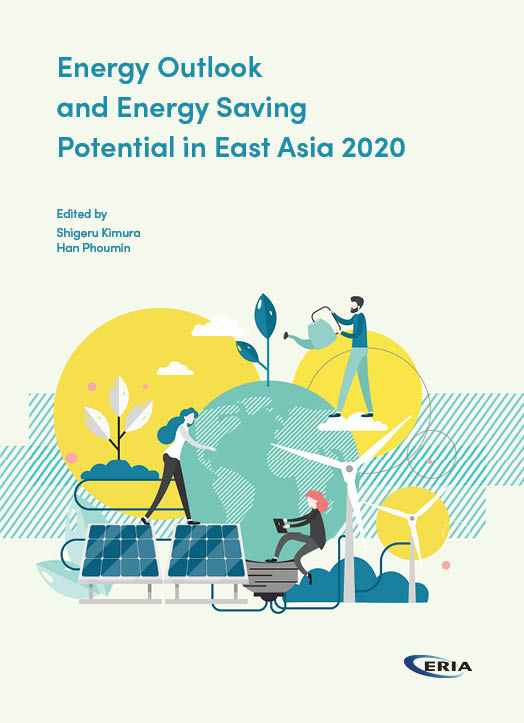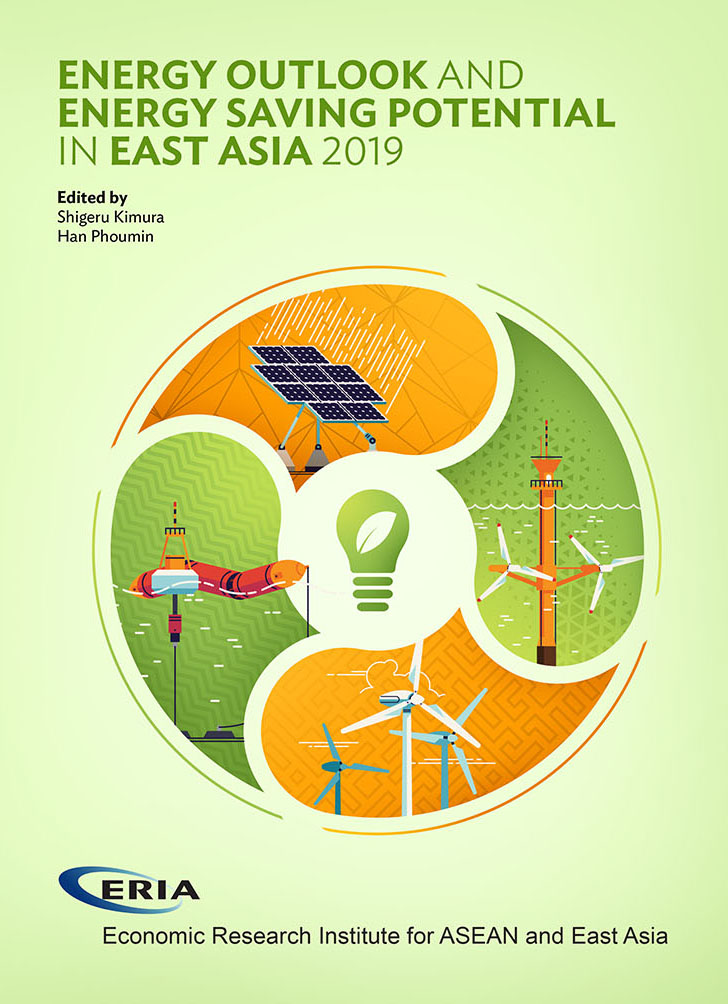Energy Outlook and Energy Saving Potential in East Asia 2023

Print Article:
From COP 26 to COP 27, countries have made ambitious pledges towards achieving Net-Zero Emissions by the mid-century. However, the recent oil and gas price hike due to the Russia–Ukraine War poses challenges to fuel switching from coal to natural gas, which is a crucial mitigation opportunity for the fossil fuel-dependent ASEAN and East Asia region. As a result, fossil fuel, especially coal, might persist longer than anticipated in the Asian energy mix for some countries.
Amidst these complexities, decarbonisation pathways must consider various socio-economic and political circumstances that can facilitate countries in reaching carbon neutrality. To address this, the study explores a scenario called ‘Low Carbon Energy Transition (LCET),’ a carbon-neutral scenario that analyses the impacts of Net-Zero Emission (NZE) technologies to help countries achieve carbon neutrality by 2050 or beyond.
By employing energy modelling techniques, the study presents recommendations on how the region can best achieve carbon neutrality by 2050. The findings shed light on crucial policy implications for decision-makers, ensuring that the region can achieve economic growth and investment opportunities while safeguarding energy security and addressing environmental concerns.
The study highlights the need for multiple pathways in the low carbon energy transition, empowering countries to embark on their journey towards carbon neutrality by 2050.
Full Report
Energy Outlook and Energy Saving Potential in East Asia 2023
Contents
Preface and Acknowledgements
Chapter 2. Australia Country Report
Chapter 3. Brunei Country Report
Chapter 4. Cambodia Country Report
Chapter 5. China Country Report
Chapter 6. India Country Report
Chapter 7. Indonesia Country Report
Chapter 8. Japan Country Report
Chapter 9. Republic of Korea Country Report
Chapter 10. Lao PDR Country Report
Chapter 11. Malaysia Country Report
Chapter 12. Myanmar Country Report
Chapter 13. New Zealand Country Report
Chapter 14. Philippines Country Report
Chapter 15. Singapore Country Report
Chapter 16. Thailand Country Report
Chapter 17. Viet Nam Country Report
Chapter 18. United States Country Report




